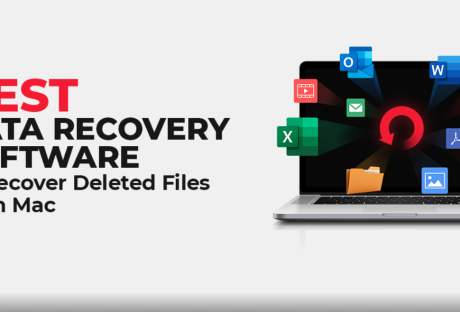Session recording has emerged as an indispensable asset for enterprises aiming to acquire deeper insights into user behavior within their online platforms or applications. This technology allows organizations to observe how users interact with their digital platforms without any subjective bias. This article delves into the significance of session recording software in understanding user behavior.
Unveiling User Navigation Patterns
One of the primary benefits of session recording is its ability to reveal intricate user navigation patterns. By recording each click, scroll, and user interaction, organizations can acquire a thorough comprehension of how users navigate their digital environments. This information is crucial for optimizing website layouts, identifying bottlenecks in the user journey, and enhancing the overall user experience.
Identifying Pain Points
Session recording is a powerful tool for pinpointing pain points in the user experience. By analyzing recorded sessions, businesses can identify instances where users struggle or encounter obstacles. These pain points could be related to confusing navigation menus, broken links, or slow-loading pages. Once identified, businesses can prioritize and address these issues to improve user satisfaction and retention.
Enhancing User Onboarding
User onboarding is a critical phase for any digital product or service. Session recording allows businesses to monitor how new users interact with their platform during the onboarding process. By analyzing these recordings, organizations can identify common hurdles that new users face and make necessary adjustments to streamline the onboarding experience.
Assessing Form Interactions
Forms constitute fundamental elements within numerous websites and applications, used for various purposes, such as registration, surveys, and contact forms. Session recording provides valuable insights into how users interact with these forms. Businesses can identify drop-off points where users abandon the form and optimize the form’s design and functionality accordingly.
Analyzing User Behavior Across Devices
People utilize a diverse range of devices to access websites and applications, including smartphones, tablets, and desktop computers. Session recording provides businesses with the capability to analyze user behavior across different devices. This cross-device analysis can help organizations ensure a consistent user experience and tailor content to specific device preferences.
Tracking User Engagement
Understanding user engagement is crucial for gauging the success of digital strategies. Session recording allows organizations to track user engagement metrics in real-time. By monitoring mouse movements, click heatmaps, and scroll depth, businesses can assess which parts of a webpage or app are most engaging and which require improvement.
Resolving Customer Support Issues
Session recording also plays a vital role in customer support. When users encounter issues while using a website or application, support teams can access session recordings to view exactly what the user experienced. This firsthand insight enables support agents to provide more accurate and efficient assistance, leading to faster issue resolution and improved customer satisfaction.
Ensuring Data Privacy And Compliance
While session recording offers valuable insights, it also raises concerns about user privacy. Organizations need to implement session recording responsibly, ensuring compliance with data protection regulations and obtaining user consent where necessary. Safeguarding user data and privacy should always be a top priority.
Conclusion
Understanding user behavior is paramount for the success of businesses and organizations. Session recording software serves as a powerful tool for gaining deep insights into user interactions with websites and applications. By revealing navigation patterns, pinpointing areas of difficulty, improving onboarding processes, and performing various other functions, session recording equips businesses to make informed, data-driven choices and provide outstanding user experiences. However, organizations must use this technology responsibly, ensuring user privacy and compliance with relevant regulations. By doing this, they can harness the full potential of session recording to optimize their digital offerings and drive success in the digital world.
Read Also:






















